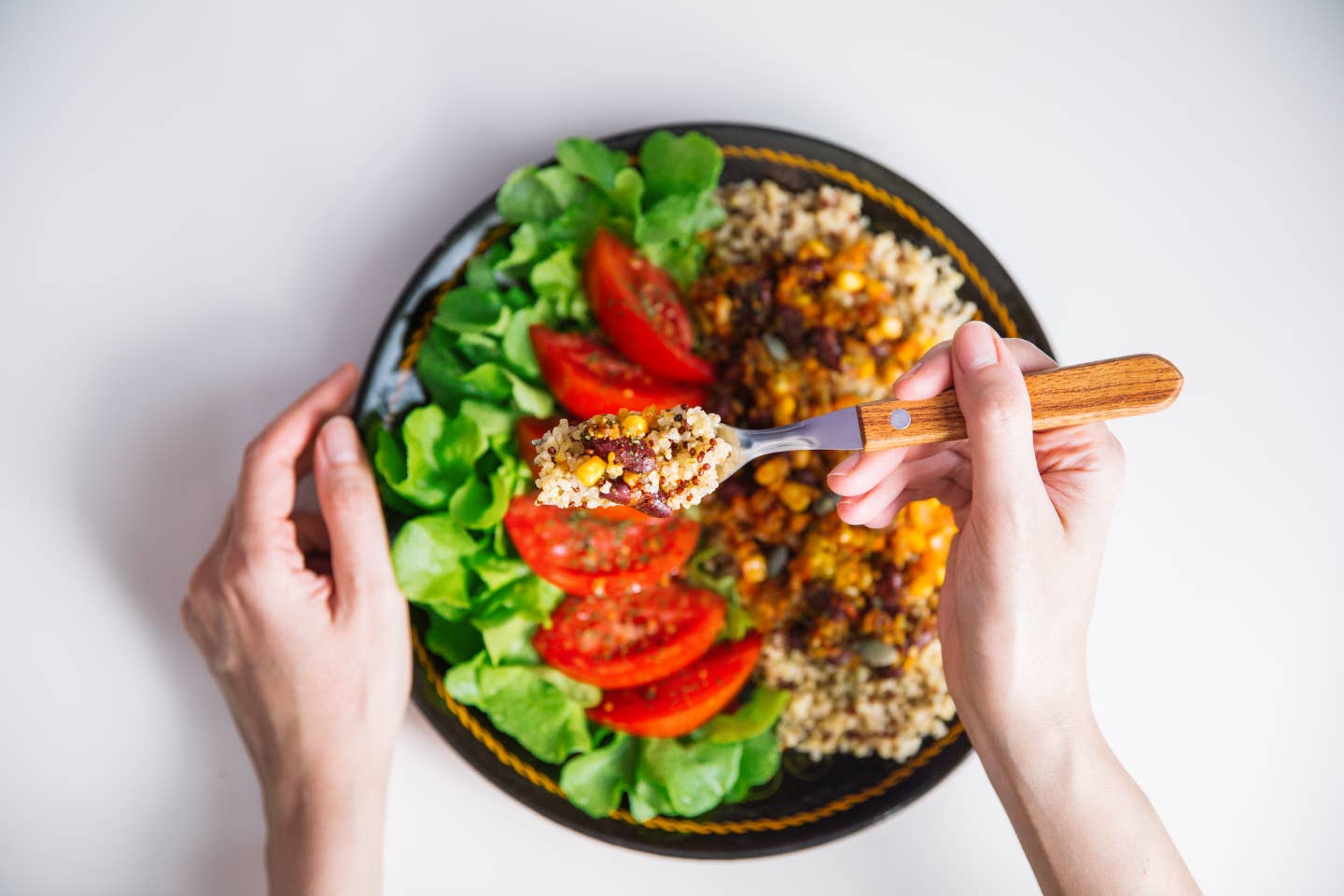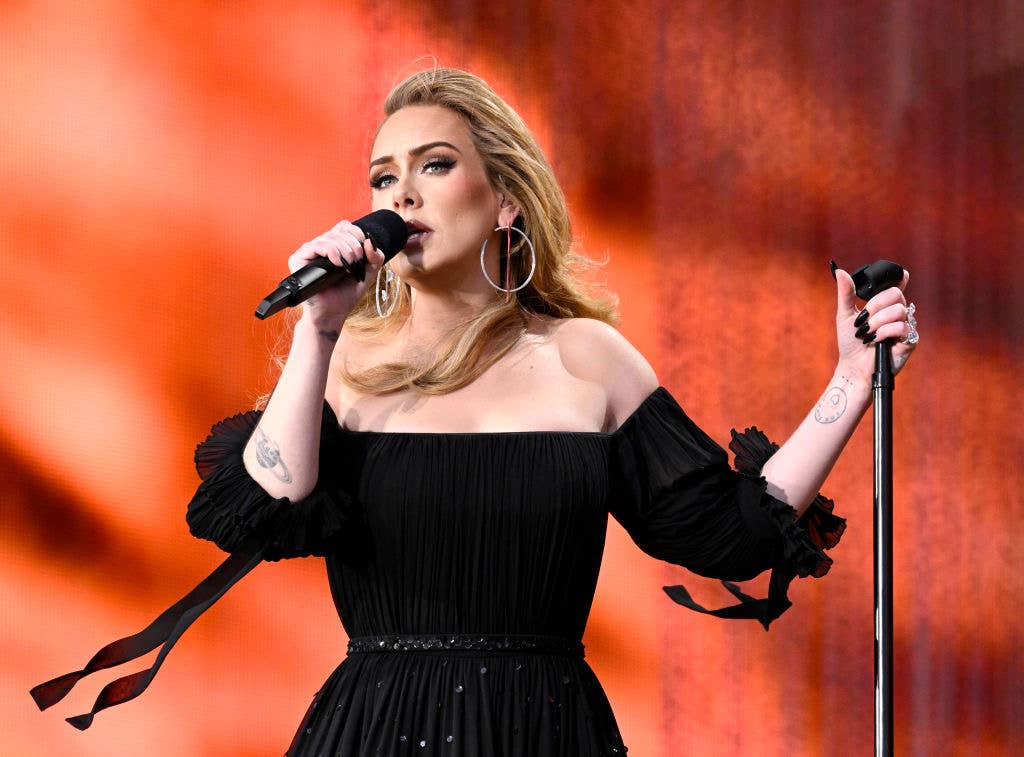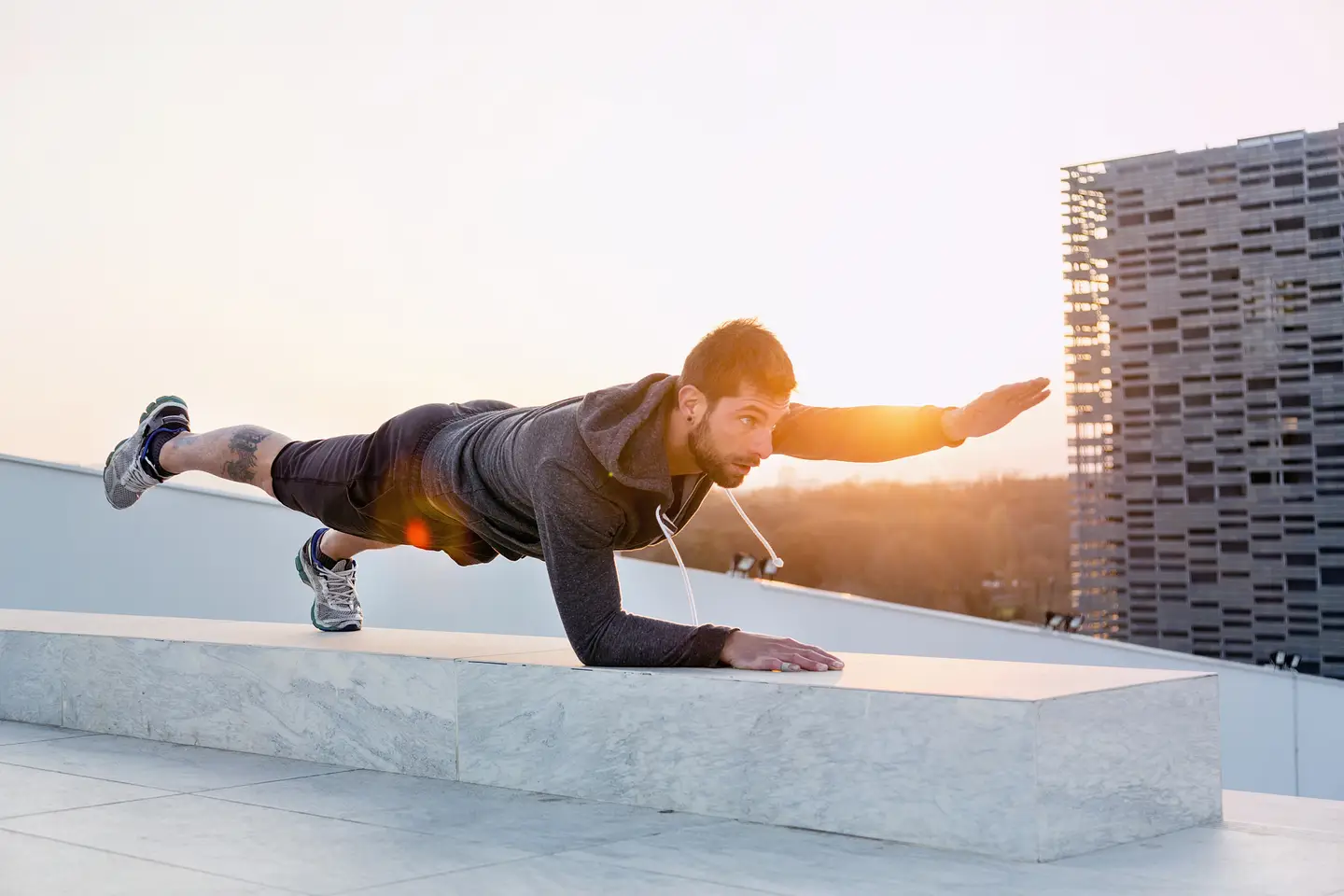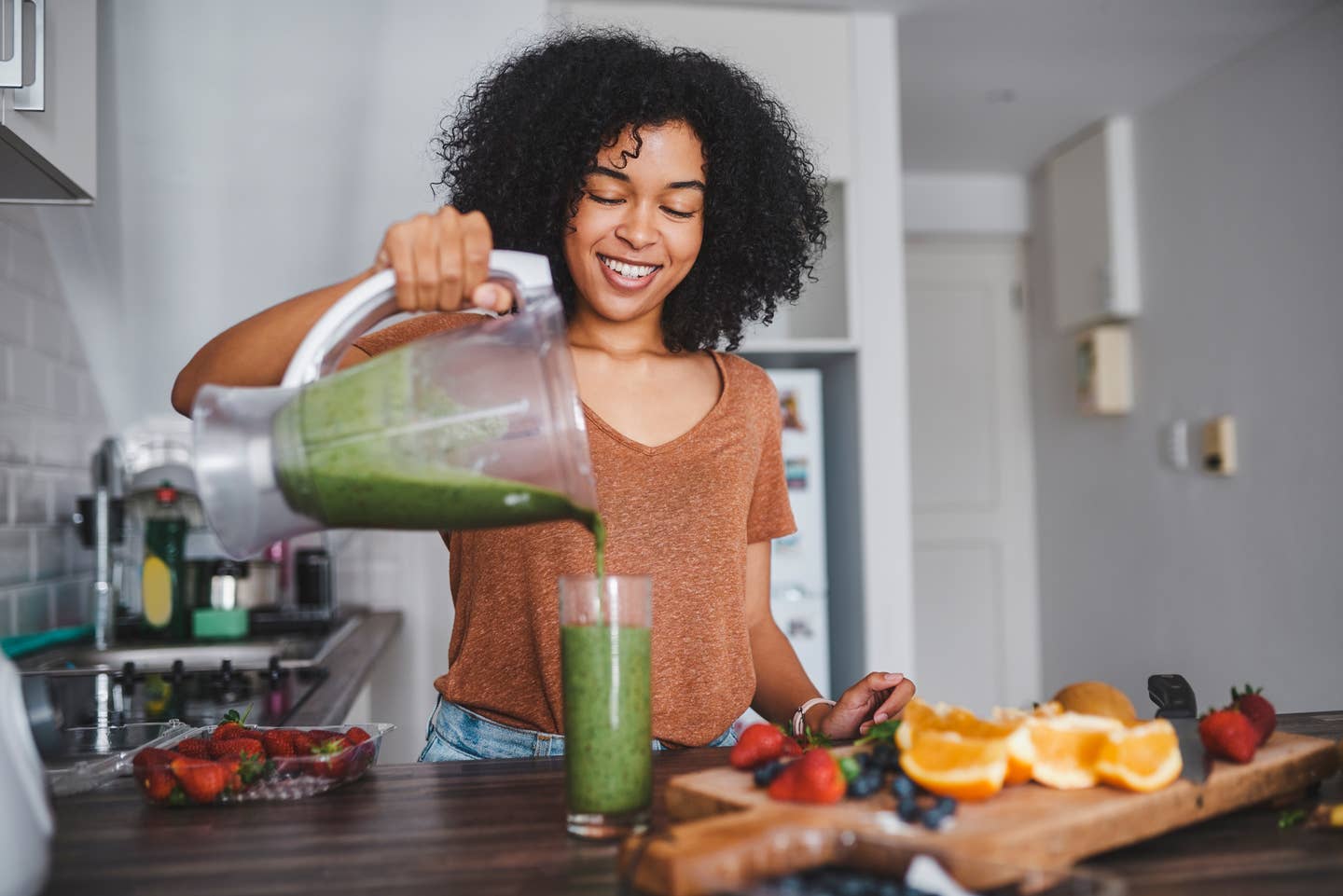
How to Use a Plant-Based Diet and Intermittent Fasting to Lose Weight
"People don’t change because of facts. They change because of stories," says Dr. George Guthrie, author of Eat Plants, Feel Whole, a new book that guides readers through the transition to a plant-based diet. Dr. Guthrie, who has been treating patients with diabetes, heart disease and other lifestyle diseases with whole-foods plant-based diet recommendation, tells the story that sent him along this path, some 40 years ago. He has seen the impact on a person's health that switching from an animal-based diet to a vegan or plant-based diet can do for someone, and has been eating this way himself for the past 40 years.
Dr. Guthrie was a self-described "fat kid" in high school, "I have always been interested in healthy eating because in high school, I had a weight problem. I was the short, fat kid. My mother worked in a hospital and since he worked closely with the doctors, she knew the importance of learning how to eat." So he switched his diet, learned to eat healthy foods and also to become an "intermittent faster" for most of his adulthood (though it was not yet called that back then.)
The story that made him switch to become plant-based? "When I became a physician I had a patient who presented with metabolic syndrome and it was before we knew the whole concept of what was going on. He had diabetes and hypertension and obesity. His sugars were over 200. And I said I will help you with your lifestyle but you have to change how you eat. And a year later he had normal sugar and lipids and blood pressure. I had never seen it happen before. It changed the trajectory of my career. I went back for my degree in public health. … that was 35 years ago.
Q. That seems pretty revolutionary. Just like that, you changed your practice and your life?
"I was not the first one. John McDougal was doing that, and when I was in medical school I also knew Hans Diehl a young doctor in health science and he took me to Nathan Pritikin’s program out in California in 1981. Now I tell people: Eat more plants … and I try to move people into that direction. Obviously, people are now paying attention because of the planet, but the major benefit is to you. I tell people: Eat more plants, you should try it."
Q. How do you get someone to do it?
"We created a graphic that is a matrix chart. The axis goes from left to right, from animal products on the left to plants on the right, and from the bottom -- which shows refined foods on the bottom and unrefined on the top. Our goal is to push people to the right upper quadrant -- unrefined plant foods. They don’t have to be vegetarians or vegans but they have to eat more plants.
"That upper right is the healthy space, where they should exist. There is a space in the way upper right and we say this is therapeutic."
Q. What works best, small steps or big leaps?
"Some people can move slowly but others need to move quickly. Moving to a plant-based diet can be therapeutic in treating diabetes, heart disease, and hypertension and obesity. It can reverse the whole metabolic syndrome. We recognize this is a problem when people live with too many calories in, and not enough calories out.
Q. Do you also use the "Eat Plants, Feel Whole" approach for weight loss?
"If you eat foods that have too many calories in them, and not enough fiber in the food, and water in the food, you will gain weight. The more you add foods that contain the most fiber and water, the better, That is the whole food plant-based approach. And you get all the benefits on the body and the microbiome.
Q. How do you motivate people? Can you help them by promising weight loss?
"Motivating people is what I do all day. When I was a young person I thought about: What am I going to be when I grow up? And one thing I knew I would never wanted to be was a salesman. So I went into medicine, and low and behold all I am doing now all day long is selling. Selling the diagnosis and selling the treatment and selling prevention.
"When they are ready to change it’s exciting. When they are motivated, it’s very exciting.
"When people are not ready to change getting them ready to change is a trickier business. Is this person ready? They will give you clues. Instead of spending time telling them what they should do, 'You gotta stop eating this and doing this and doing that,' I start telling stories.
"I say: Do you know this condition is reversible? There are studies that say it can go away. And I ask them if they are interested in hearing stories. Then I hand them Dr. Caldwell Esselstyn’s book on Preventing and Reversing Heart Disease and say if you are ready, I will do it with you. And so it’s not me saying it to them. It's stories.
Q. What has changed in the past few years? Is there a shift in the culture?
"The benefit is that I don’t see so many resistant people as I used to. Perhaps the word is getting around, and then the joy of my practice increases. Because people want to change.
Q. What do you advise them to eat for losing weight and being healthy?
"I like to tell them to try The Full Plate Diet -- by Diana Fleming, who has a PhD out of Tufts. I tell them til fill up ¾ of their plate with high fiber and high-water foods and then use the remaining ¼ for other foods.
"When I talk about high-water foods, it's usually also high-fiber foods. Water doesn’t have any calories, of course, so if we can fill our stomachs with high-water foods like fruits and vegetables, we can feel fuller on fewer calories.
Q. What is the best way to achieve one's healthy body goals?
"Generally working in a group is the most effective. You don't even need a doctor to do it. Group process is extremely powerful. I started out with one patient who was able to make some changes. That whetted my appetite and my wife is a nurse practitioner and we moved up to the mountains of California near Yosemite, and she had nothing to do there, so she got started on the CHIP project -- Coronary Health Improvement Project.
"Now it's called the Complete Health Improvement Project. The idea is you get a group of people together, and do this as an intense program, four days a week, for four weeks. Every day they get a video presentation, food presentations, sit at a table and talking together, communicating together. We watched this make a big impact in the community, It took people who were not interested in Plant-Based eating and made them think: Hey maybe I can do this. There is still a CHIP club up there in Groveland,
"But the powerful thing is the change that happens in people’s lives. People share their stories. Stories change behavior, facts don't. And those stories from early adapters change lives. Those people tell their stories and it changes lives. I've seen people get off their insulin pumps, and people who were very sick get well. Then they share their stories and it's powerful.
Q. When you talk to patients about going plant-based what is their biggest issue:
"Usually, people just don't know how to cook that way. The logical concern is: "How do I get enough protein?' For those of us in the business of helping people eat this way, we know it’s a non-issue. But the beef and dairy industry has brainwashed us into thinking we need our protein and calcium from those animal sources. It's just not true.
Q. What’s a typical day of eating?
"Breakfast is a whole-grain cereal with fruit, and I try to have berries with it and nuts.
"My favorite bread is heavy German rye with more fiber than most bread has, and have almond butter on it or fruit on it. Today I had it with toast and almond butter with pineapple slices that I had cut up yesterday!
"Lunch in the doctor's lounge is not always easy. We try to focus on the plants and less of the refined things. Whatever plant-based food is around: Usually salads and soups
"Dinner is not much, for me. I don't know how much you’re aware of this, but from the scientific literature, research tells us that when you eat is as important as what you eat.
Q. So you practice Intermittent Fasting?
"You've heard of Intermittent fasting? I have adopted this since I was young, but it wasn't called that then. But there is no supper prepared in my house -- no evening meal. If I am really hungry, I’ll have a piece of fruit.
"People worry about going to sleep on an empty stomach. That it might keep them up. But when you are in a fasting state your gut makes beaucoup melatonin. You sleep better in the fasting state. If I eat too much (or drink too much), it really suppresses sleep. I tell patients the goal is to go to bed with an empty stomach. It’s better for you.
Q. Timing of food matters? So what time do you eat?
"Breakfast at 7:30 or 8 in the morning, the second meal at 2 or 3 in the afternoon and that will be it for the day.
"Dinner is often about being social. But if you eat a lot of fiber and water in your food, that hangs around a long time. Not hypo-glycemic. I don’t get hungry. Fiber and water work to keep you full. And I don’t really do any snacking. Always have nuts for breakfast. But no snacking after that.
Q. What is the right amount of calories for people to lose weight in a healthy way?
"I never worry about calories. I don't really count. Instead of telling patients about that I tell them to lose weight: What one does is move to a whole food plant-based diet and then you don’t need to count calories. Eat more, weigh less is one of the key marketing phrases of this kind of diet. Or as I like to say: Eat Plants, Feel Whole.
More From The Beet






